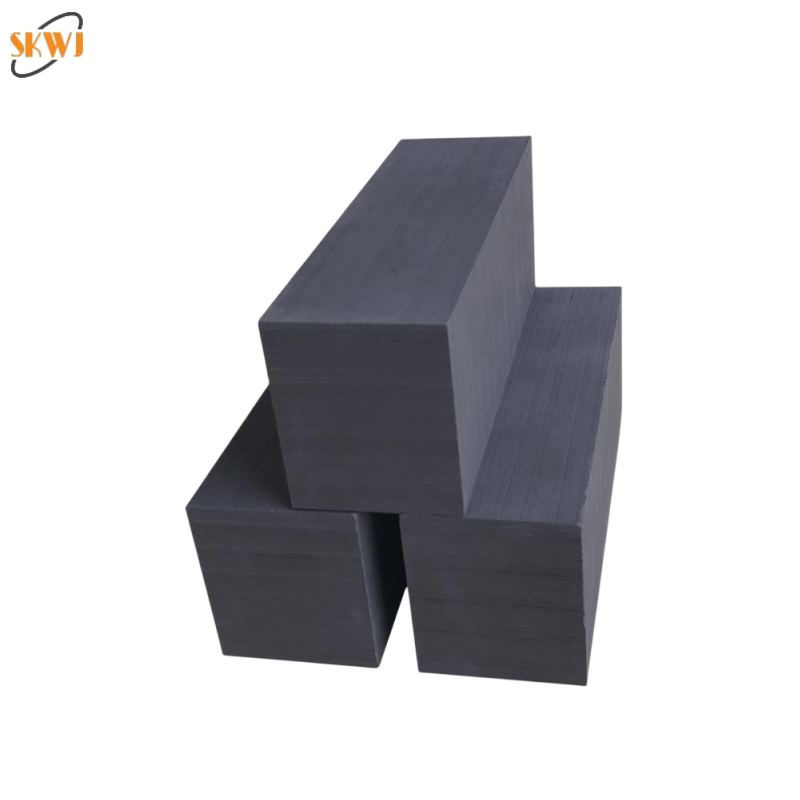natural graphite
Natural graphite, a crystalline form of carbon, stands as one of the most versatile minerals in industrial applications. This naturally occurring material exhibits a unique layered structure that provides exceptional thermal and electrical conductivity, making it indispensable in various technological applications. The mineral occurs in three primary forms: flake, amorphous, and vein graphite, each possessing distinct characteristics suited for specific uses. Flake graphite, known for its high carbon content and crystallinity, is particularly valued in battery applications and expandable graphite production. The material's inherent properties include excellent lubricating qualities, high thermal stability, and chemical inertness. In the rapidly evolving energy sector, natural graphite plays a crucial role as a key component in lithium-ion batteries, fuel cells, and various energy storage solutions. Its applications extend to metallurgy, where it serves as a refractory material in high-temperature processes, and in the automotive industry for brake linings and gaskets. The growing demand for electric vehicles and renewable energy storage systems has significantly increased the strategic importance of natural graphite in the global market.





